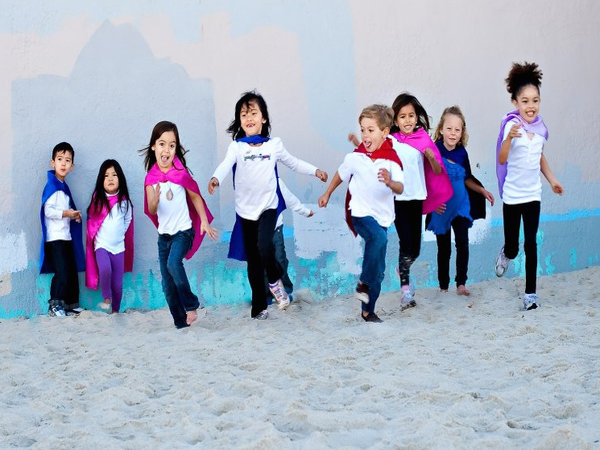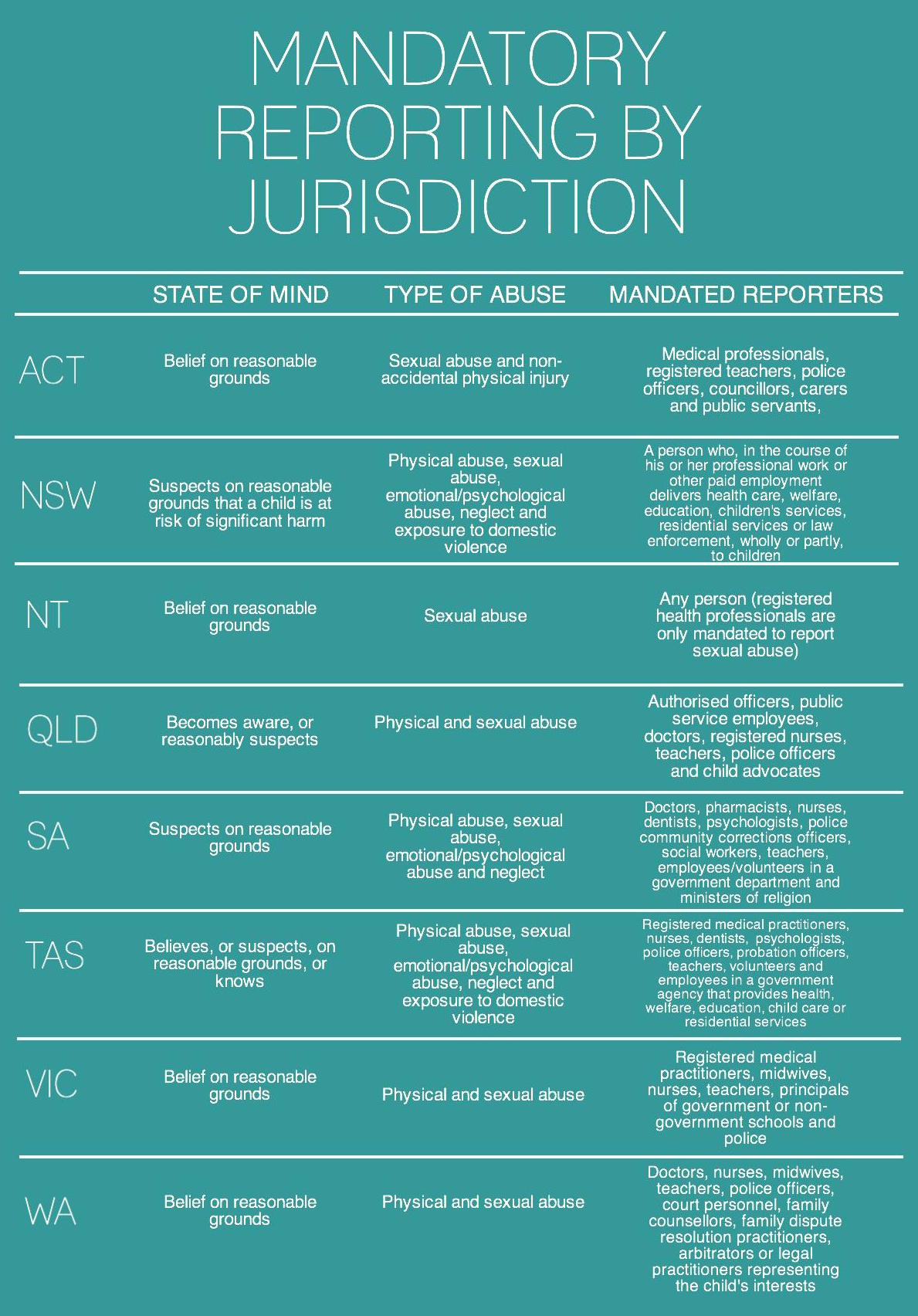National Child Protection Week began on Father’s Day.
The week aims to promote the safety and wellbeing of Australian children.
In 2013, there were 304,097 reports of child abuse and neglect in Australia, 11 per cent more than the previous year.
Of these, only 54,438 reports were substantiated.
What is Australia doing to protect the remaining 82 per cent?
The recent death of Mildura toddler, Nicki Francis-Coslovich, who was found in the roof cavity of her mother’s home, has raised questions about the effectiveness of the child protection system.
Despite numerous reports to authorities of drug use and poor living conditions, the 2-year-old was not removed from the care of her mother and mother’s live-in boyfriend.
Sadly this is too often the case.
The rate of reported child abuse appears to be rising steadily, and Australia’s child protection system is struggling to keep up.
This is leading to preventable deaths, like Francis-Coslovich’s, and others including four-month-old Ebony and four-year-old Chloe Valentine.
In each of these cases, abuse and poor living conditions have been reported, but not acted on.
A senior member of the National Child Protection Alliance of Australia, Charles Pragnell, tells upstart that the system is lacking adequate resources.
“There is an urgent need for improved training for child protection workers and police officers in the various types of child abuse, the relevant state laws, and how to conduct investigative interviews with children,” he says.
However, he says determining which children are at risk can often be an extremely difficult task.
“Currently, there are flawed judgments by child protection workers where abused children are left in danger, while others are removed prematurely. But such decisions are extremely difficult to make and it is easy to be critical with hindsight.”
In cases where the parent is motivated to change, the best option is to provide domestic help. This can include home child care, parenting classes or temporary respite care.
But due to lack of funding, Pragnell says this is easier said than done.
“If family support and preservation schemes were given more funding, there would be far fewer children being reported for abuse,” he says.
“Ensuring children are safe and protected is a responsibility of us all, child protection agencies should be engaging more with local communities.”
There’s more to the issue than inadequate funding.
Each Australian state has unique laws that regulate mandatory reporting, and what constitutes abuse. This can create a great deal of confusion among authorities.
A federal inquiry, conducted by the House of Representatives, identified a need for change, proposing a range of reforms to the family law system.
This inquiry, however, was published in 2003, and has yet to be acted on by the government.
With 25 reports of child abuse a day, Pragnell believes these recommendations need to be put into place as soon as possible.
“The system of mandatory reporting needs some refinement,” he says.
“I think the general public are now much more aware of instances of child abuse, because of media reporting, and many more are prepared to report incidents where they become aware of them.”
Bravehearts is a foundation that aims to educate, empower and protect Australian children from sexual assault.
By 2020, they want Australia to be the safest country to raise a child.
Bravehearts founder and CEO, Hetty Johnson, tells upstart that White Balloon Day, which is today, is a symbol of hope for the one in five Australian children who will be sexually assaulted before their 18th birthday.
“We know that for the most part this crime is preventable, we just need adults to step forward and to prioritise the safety of our children,” she says.
“Let’s rise up and work together to protect the most vulnerable members of the community – our kids.”
Visit http://t.co/4LueTWAbOn to launch your digital ‘balloon’ and raise hope for Aussie kids on #WhiteBalloonDay. pic.twitter.com/AvZemmN2Z6
— Bravehearts Inc. (@BraveheartsInc) September 8, 2015
Organisations like Bravehearts prove that Australians are passionate about the protection of our nation’s young.
However, the current system is letting too many children down.
Feature image: Sallie The Cape Lady via Flickr.
 Erica Jolly is a third-year Bachelor of Arts student at La Trobe University. You can follow her on Twitter: @EricaJolly.
Erica Jolly is a third-year Bachelor of Arts student at La Trobe University. You can follow her on Twitter: @EricaJolly.








